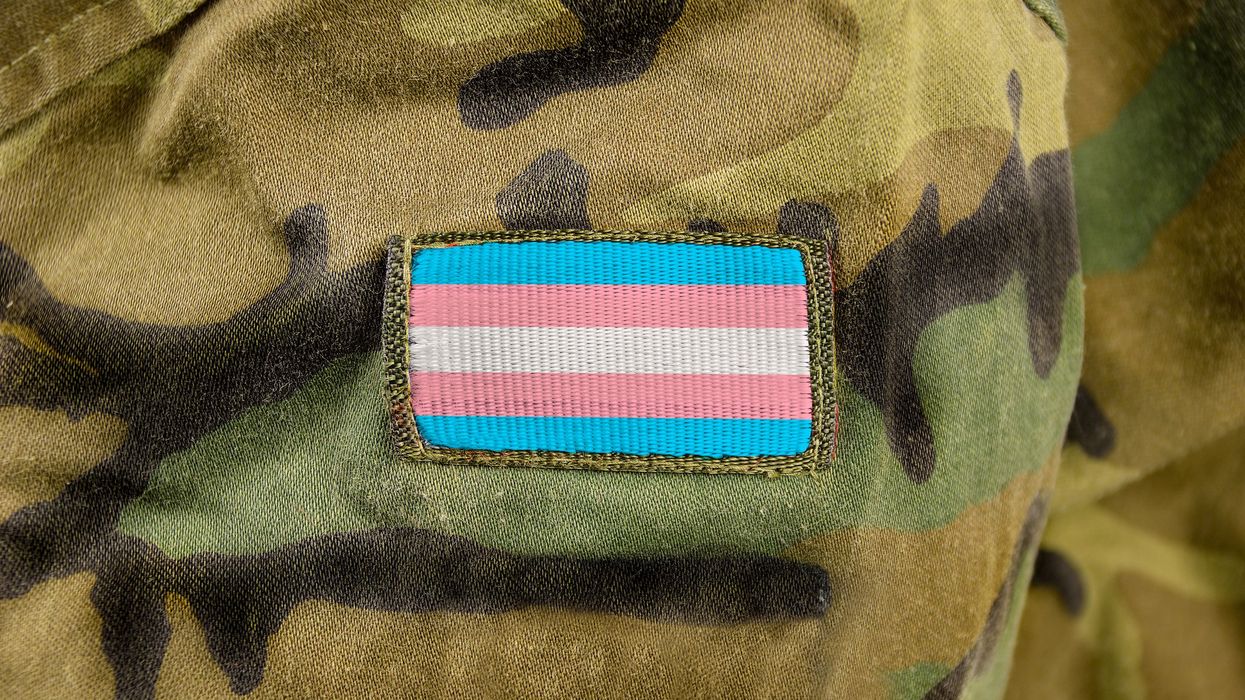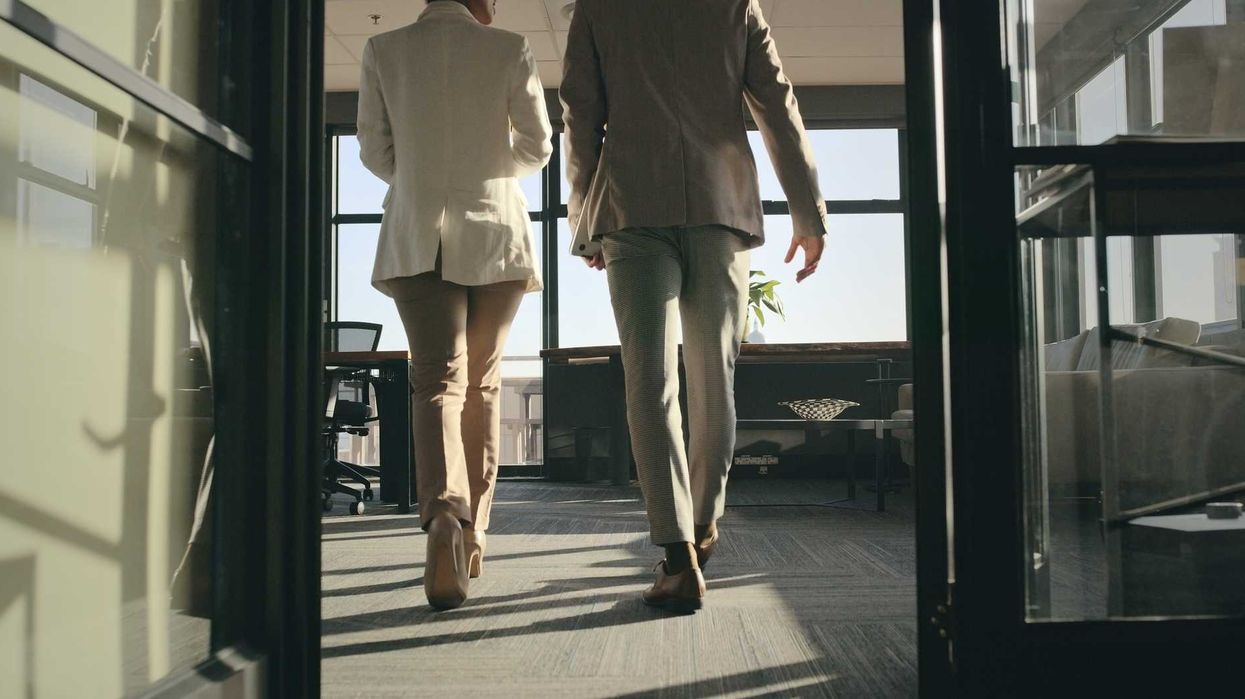In the annals of military history, the desire for uniformity has often been wielded as a sword against inclusion. This tendency resurfaced dramatically when President Donald Trump, shortly after taking office, signed an executive order, purportedly rooted in concerns about unit cohesion, that banned transgender individuals from serving in the armed forces. It was challenged and blocked by a federal judge on March 18, who described the ban as “ soaked in animus and dripping with pretext. ” On March 27, a second judge issued an injunction on the ban, calling it “ unsupported, dramatic and facially unfair exclusionary policy ” (the Trump administration asked the 9th Circuit to stay the ruling; they were denied on April 1). It turns out that the argument that introducing any minority into military ranks would disrupt unit cohesion is practically a cliché, with similar claims having been made against integrating black men, women, and then openly gay service members. It is a tale as old as time. But that’s just it–it’s just a tale. Don’t believe it.
The military top brass have, at times, insisted that the integration of minority groups would undermine the effectiveness of our armed forces, despite overwhelming evidence to the contrary. Air Force General Henry Arnold wrote in 1941 that “the use of women pilots serves no military purpose,” only to have “nothing but praise” for them by 1944, after having served with them. Regarding integrating women into combat roles in 1993, Congress members argued that “ although logical, such a policy would [erode] the civilizing notion that men should protect…women. ” Of course, they also offered the even more convenient cover story that integration would be “ disruptive to unit cohesion.” Similarly, although many claimed that “ letting gays serve openly would ruin [unit cohesion], ” the resistance was found to be “based on nothing” except “ our own prejudices and . . . fears. ” Dozens of studies conducted by the U.S. military and 25 other nations confirmed the presence of gay soldiers had no impact on unit cohesion. These results were ignored in “ the service of an ideology equating heterosexuality with bravery and patriotism. ” Unit cohesion is a simple—though thinly veiled—rationale.
But even if you believe that unit cohesion is at risk, then we should be asking: if a unit can be so easily disrupted, what does that say about its inherent fragility? If our units cannot endure competent, capable, already-qualified servicemembers because of their choice of pronouns, is that not more worrisome when it comes to our lethality? Perhaps we should be focusing on unit resiliency. And, ignoring the hypocrisy of President Trump questioning the humility of transgender individuals, how can a leader who claims to prioritize military excellence and readiness justify pushing competent individuals out of the ranks? Banning transgender people from service suggests more about the underlying fragility of these leaders and, unfortunately, may weaken our armed forces in the process.
By the way, it turns out the best thing for unit cohesion is a spirit of inclusion. In a study with British Special Forces, researchers discovered that almost all male soldiers felt that serving alongside women had no adverse effect on their effectiveness in combat; those who disagreed had no concrete reasoning— just a feeling or a fear that women might have an adverse effect in the future. The RAND National Defense Research Institute found that the success of gender integration on cohesion was influenced by whether men perceived women to be competent at their jobs, frequently based on their past experiences working with women. Similarly, a survey in 1945 revealed that the majority of white troops who claimed to have an unfavorable view of integrating with African Americans changed their view to favorable after fighting alongside them. The facts suggest both that unit cohesion is impressionable and also that the real disruption stems from misguided perception, assumption, bias, and lack of acceptance.
What if the biggest threat to unit cohesion is rhetoric soaked in animus? When the Commander-in-Chief uses “ unabashedly demeaning ” language that “ stigmatizes transgender persons as inherently unfit,” the most powerful platform in the country is actively generating assumptions and bias and promoting a lack of acceptance. Unit cohesion may indeed suffer as a result. What a terrible self-fulfilling prophecy that would be.
But if animus is the poison, acceptance is the antidote. In a world where diversity, equity, and inclusion (DEI) efforts aren’t canceled, the military could consider, among the many criteria evaluated by promotion boards, the ability of officers to promote inclusivity within their divisions. The spirit of inclusion, found to bolster unit cohesion, could make our military even stronger. But although military and Congressional leadership could have done more to use inclusive rhetoric around transgender people—and should in the future—in the current political climate, this seems unlikely to change course anytime soon.
Only 0.2 percent of U.S. troops are transgender. Most people who have an opinion on this matter have probably not even served with a trans servicemember—in 14 years with the Navy, I had the honor of serving alongside only one. Maybe, at least while the ban is blocked, we could take a beat and actually ask people who are serving in units with transgender troops about their experiences. We may find out that the Boy Who Cried Unit Cohesion was—just like every other time in history—misguided. Either way, until we know for sure, politicians should stop forcing the military to carry out policies driven by what is ostensibly a hatred for identity and instead focus on resilience—rather than resistance—to change.
Julie Roland is a 2024 graduate of the University of San Diego School of Law and the director of the San Diego chapter of the Truman National Security Project. Views reflected in her writing are her own.




















